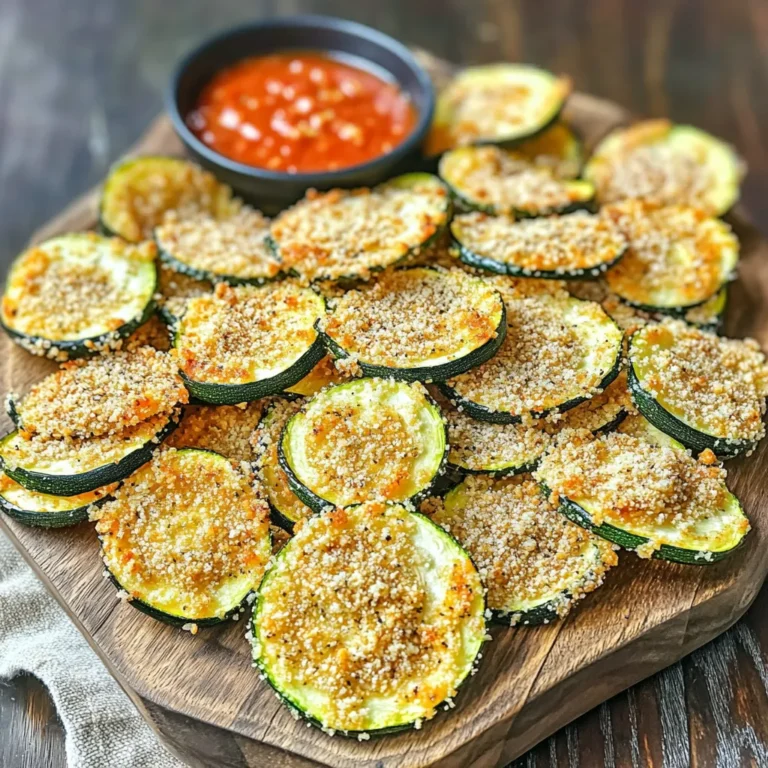Loaded Potato Skins Flavorful and Simple Recipe
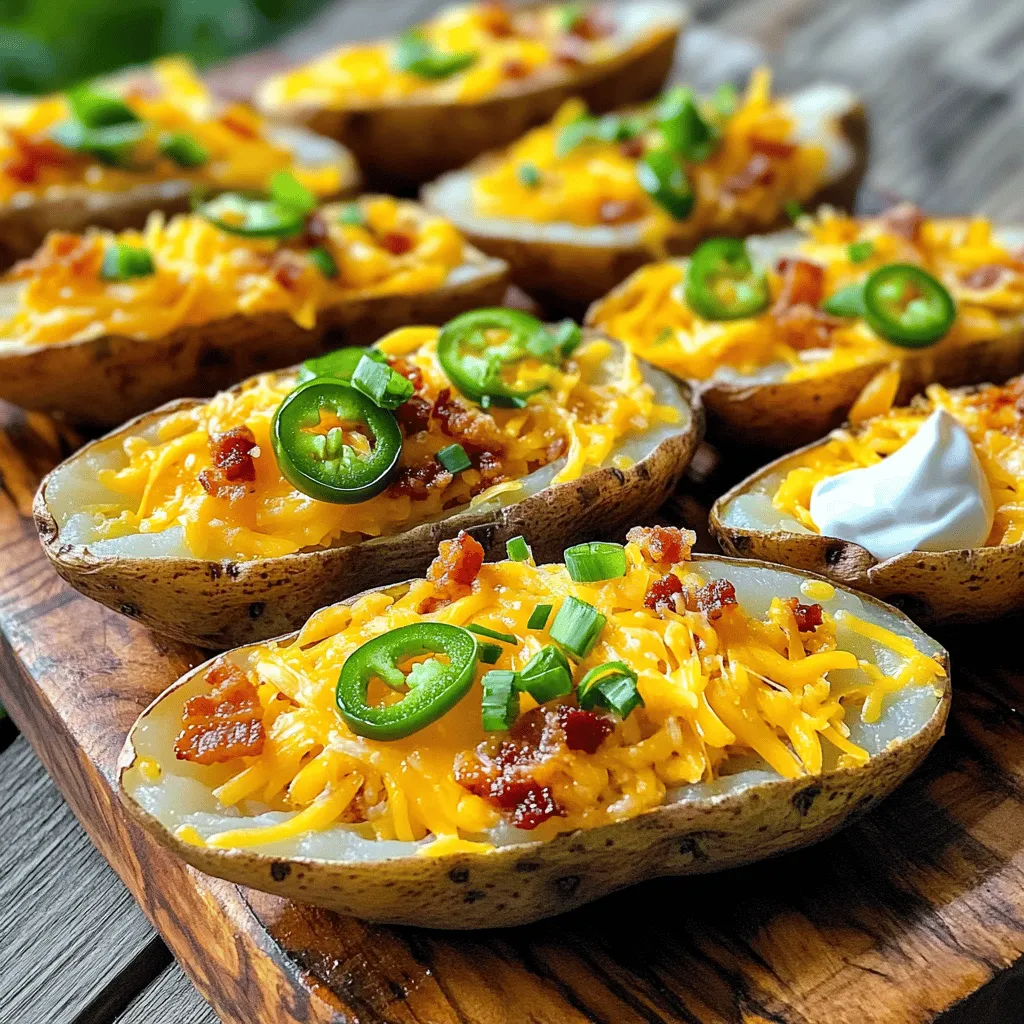
Are you ready to make the ultimate snack? Loaded potato skins are tasty and easy to whip up. With a few simple ingredients and quick steps, you can impress friends and family. I’ll share tips to avoid common mistakes and ideas for fun toppings. Let’s dive into this flavorful and simple recipe that will become a hit at your next gathering!
Ingredients
List of Ingredients
– 4 large russet potatoes
– 1 cup shredded sharp cheddar cheese
– 1 cup shredded pepper jack cheese
– 1/2 cup sour cream
– 1/4 cup sliced green onions
– 1/4 cup cooked bacon bits (optional)
– 1 jalapeño, finely diced
– 2 tablespoons olive oil
– 1 teaspoon garlic powder
– 1 teaspoon smoked paprika
– Salt and freshly ground black pepper to taste
Overview of Important Ingredients
Russet potatoes are key for this recipe. Their thick skin holds up well and gives a nice crunch. The sharp cheddar cheese adds a bold flavor, while pepper jack brings a spicy kick. Sour cream balances the heat with creaminess. Green onions add freshness and color, making each bite pop. Bacon bits add a savory touch, but feel free to skip them for a lighter snack.
Recommended Ingredient Substitutions
If you want a different flavor, try using sweet potatoes instead of russet potatoes. For cheese, mozzarella or gouda work well too. You can swap sour cream for Greek yogurt for a tangy twist. For a milder taste, omit the jalapeño or use bell peppers instead. If you prefer a vegetarian version, skip the bacon bits altogether. Use your creativity to make this dish your own!
Step-by-Step Instructions
Preparation Steps
1. Preheat your oven to 400°F (200°C). This will help cook the potatoes evenly.
2. Scrub the russet potatoes well under running water. Dry them with a towel.
3. Use a fork to prick each potato multiple times. This allows steam to escape while baking.
4. Coat each potato with olive oil. Sprinkle some salt on each one for flavor.
5. Place the potatoes directly on the oven rack. Bake them for 45-60 minutes. They should feel tender when pierced with a fork.
6. After baking, remove the potatoes and let them cool for about 10 minutes. This makes them easier to handle.
7. Lower the oven temperature to 425°F (220°C) for the next step.
Baking and Assembly Instructions
1. Cut each potato in half lengthwise. Use a spoon to scoop out some flesh, leaving about 1/4 inch of skin.
2. Save the scooped-out potato for mashed potatoes or other dishes.
3. Brush the inside of each potato skin with olive oil. Season with garlic powder, smoked paprika, salt, and black pepper.
4. Place the potato skins, cut-side up, on a baking sheet lined with parchment paper for easy cleanup.
5. Fill each skin with a mix of shredded cheddar and pepper jack cheese. Add diced jalapeños and bacon bits if you like.
6. Bake the filled potato skins for an additional 10-15 minutes. Look for the cheese to melt and become bubbly.
7. Once they’re done, take them out and let them cool slightly before serving.
Visual Guides and Tips
– For a great look, arrange the potato skins on a large platter. Angle them slightly for a fun display.
– Garnish with more green onions for color. Serve with a bowl of sour cream for dipping.
– Keep an eye on the cheese while baking to avoid burning. You want it to be perfectly melted and slightly golden.
Tips & Tricks
Cooking Tips for Perfect Potato Skins
To make your loaded potato skins perfect, follow these steps:
– Choose the Right Potatoes: Use large russet potatoes. They have a great texture.
– Bake Thoroughly: Bake potatoes at 400°F (200°C) for 45-60 minutes. They need to be soft.
– Scoop Carefully: When scooping out the insides, leave about 1/4 inch of potato. This keeps the skins sturdy.
– Season Well: Brush the insides with olive oil and sprinkle garlic powder, smoked paprika, salt, and pepper. This adds flavor.
Presentation and Serving Suggestions
Presentation is key for loaded potato skins. Here are some ideas:
– Use a Platter: Arrange the potato skins on a large platter. Angle them for a fun look.
– Garnish: Add chopped green onions on top for color. This makes them pop.
– Serve with Dips: Put a small bowl of sour cream nearby. It invites guests to dig in.
Common Mistakes to Avoid
Avoid these common mistakes for the best loaded potato skins:
– Undercooking Potatoes: Don’t rush the baking. Potatoes must be soft.
– Overstuffing: Fill the skins, but don’t overdo it. Too much filling makes them hard to eat.
– Skipping Seasoning: Don’t skip the seasonings. They make a huge difference.
These simple tips will help you create loaded potato skins that are both tasty and visually appealing.
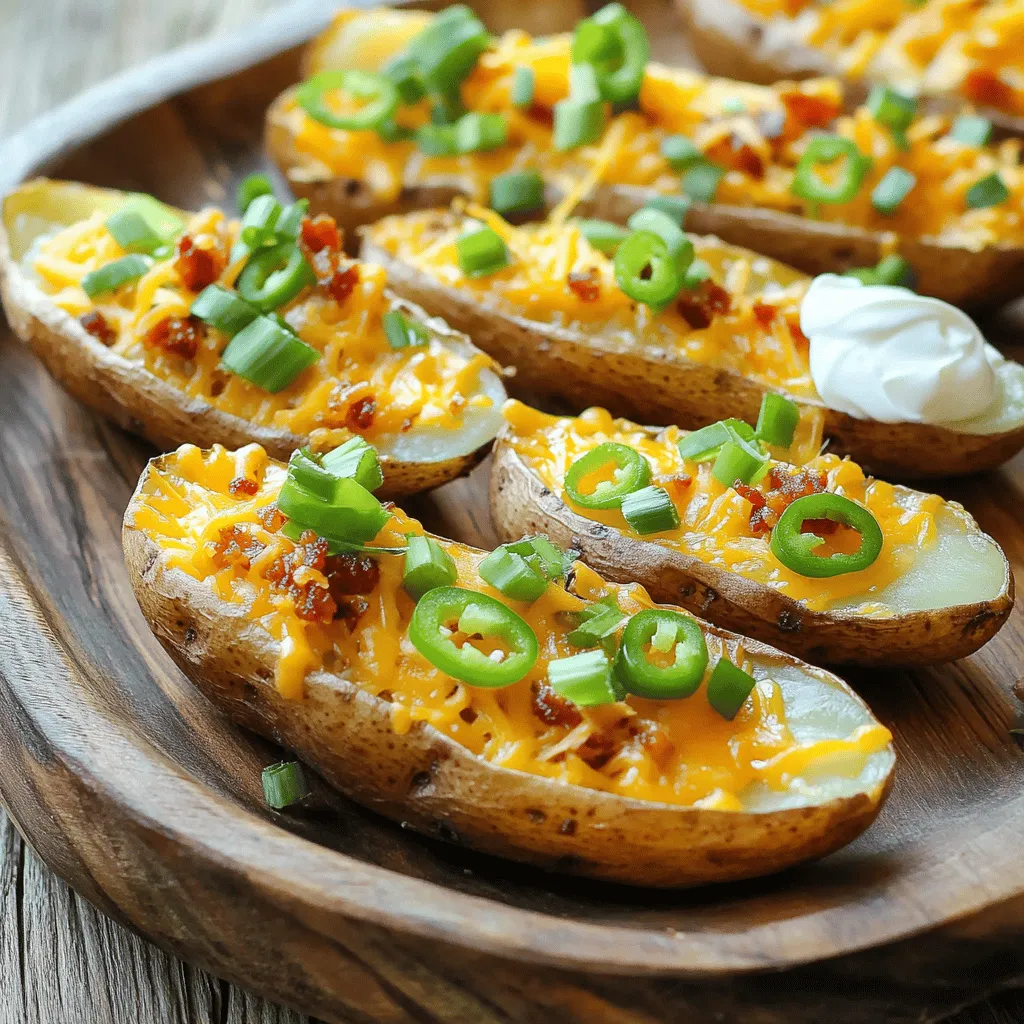
Variations
Different Toppings for Loaded Potato Skins
Loaded potato skins are great because you can top them with many fun things. You can use the classic mix of cheese, bacon, and sour cream. But don’t stop there! Here are some tasty options:
– BBQ Chicken: Add shredded BBQ chicken for a smoky flavor.
– Buffalo Sauce: Drizzle with buffalo sauce for a spicy kick.
– Guacamole: Top with guacamole for a fresh and creamy taste.
– Chili: Use hearty chili for a filling, savory topping.
– Vegetable Medley: Mix in diced bell peppers, corn, and black beans for a colorful twist.
Vegetarian and Vegan Options
You can easily make loaded potato skins fit any diet. For a vegetarian version, swap out bacon for sautéed mushrooms or spinach. Use plant-based cheese to keep it vegetarian or vegan. Here are some ideas:
– Black Bean and Corn: Mix black beans and corn with spices.
– Avocado: Use mashed avocado instead of sour cream.
– Tofu Crumbles: Season crumbled tofu for a protein boost.
Alternative Ingredients for Flavor Customization
Changing the ingredients can make your potato skins unique. Try these ideas for new flavors:
– Cheese Varieties: Use gouda, feta, or goat cheese for different tastes.
– Herbs and Spices: Add fresh herbs like cilantro or dill for freshness.
– Hot Sauce: A drizzle of hot sauce can spice things up.
– Nuts and Seeds: Top with chopped nuts or seeds for crunch.
Feel free to explore and create your perfect loaded potato skins with these variations!
Storage Info
Best Practices for Storing Leftovers
Store any leftover loaded potato skins in an airtight container. Let them cool before sealing. You can keep them in the fridge for up to three days. If you want to keep them longer, freezing is a good option.
Reheating Instructions for Leftover Potato Skins
To reheat, preheat your oven to 350°F (175°C). Place the potato skins on a baking sheet. Heat them for about 10-15 minutes until warm. You can also use the microwave, but the skins may lose their crispiness.
Freezing Loaded Potato Skins: Is It Possible?
Yes, you can freeze loaded potato skins! First, let them cool completely. Then, wrap each skin tightly in plastic wrap. Place them in a freezer bag and remove as much air as possible. They can last up to two months in the freezer. When ready to eat, thaw them in the fridge overnight before reheating. Enjoy your delicious meal anytime!
FAQs
How do you keep potato skins from getting soggy?
To keep potato skins crispy, bake them until they are golden brown. After baking, let them cool for a few minutes. This helps them firm up a bit. Brush the insides with olive oil before adding toppings. This adds flavor and helps with crispiness. Avoid overcrowding the baking sheet. This helps heat circulate around each skin.
Can you make loaded potato skins ahead of time?
Yes, you can prepare potato skins ahead of time. Bake the potatoes and scoop out the insides. Store the skins in an airtight container in the fridge. You can fill them later before baking. Just be sure to add the toppings right before you bake them. This keeps the skins fresh and tasty.
What can I serve with loaded potato skins?
You can serve many things with loaded potato skins. They pair well with a simple salad or a bowl of chili. For a fun twist, try serving them with a spicy salsa or guacamole. You might also serve a selection of dips like ranch or blue cheese. These options make your meal more exciting and delicious.
In this article, we covered key ingredients for loaded potato skins and their substitutes. I shared step-by-step instructions for preparation, baking, and assembly. You learned tips for cooking and presenting your dish without common mistakes. We also explored topping variations and storage methods for leftovers.
Remember, with some creativity, you can make this dish your own while ensuring it stays delicious. Enjoy making loaded potato skins that will impress every guest!
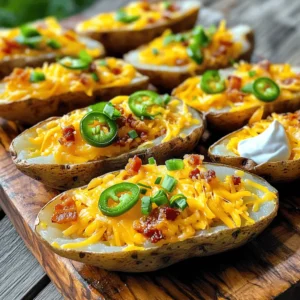

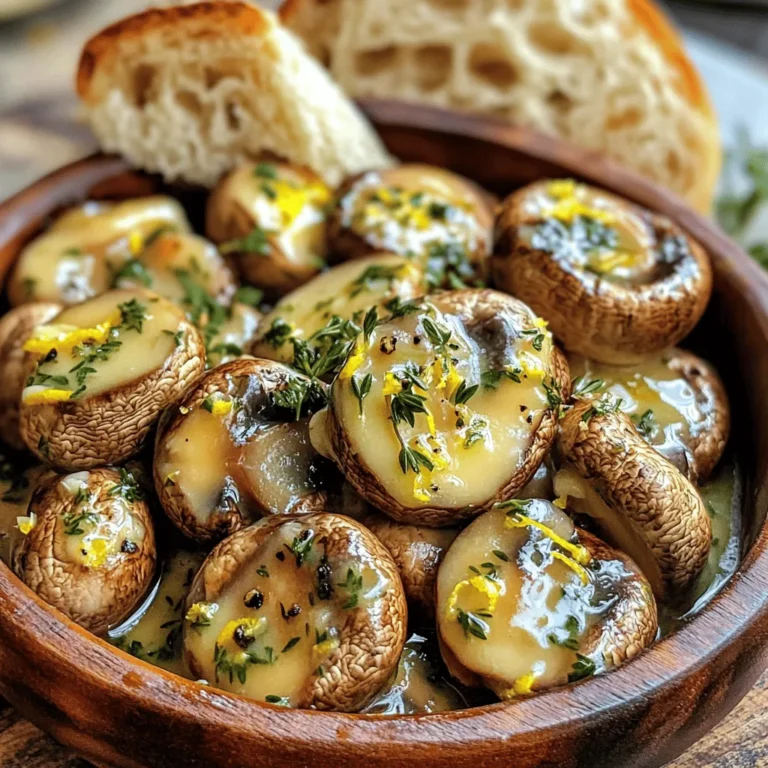
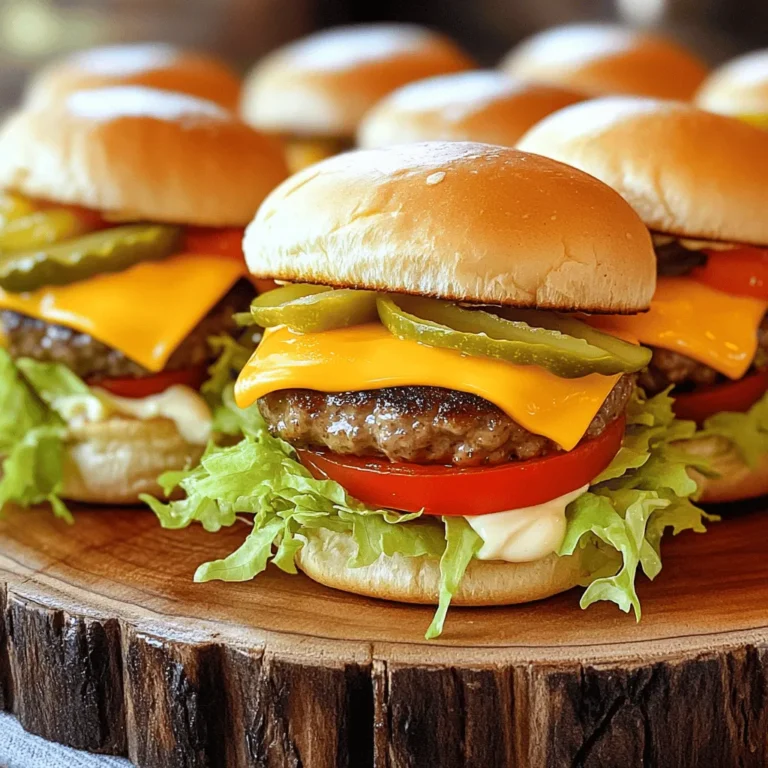
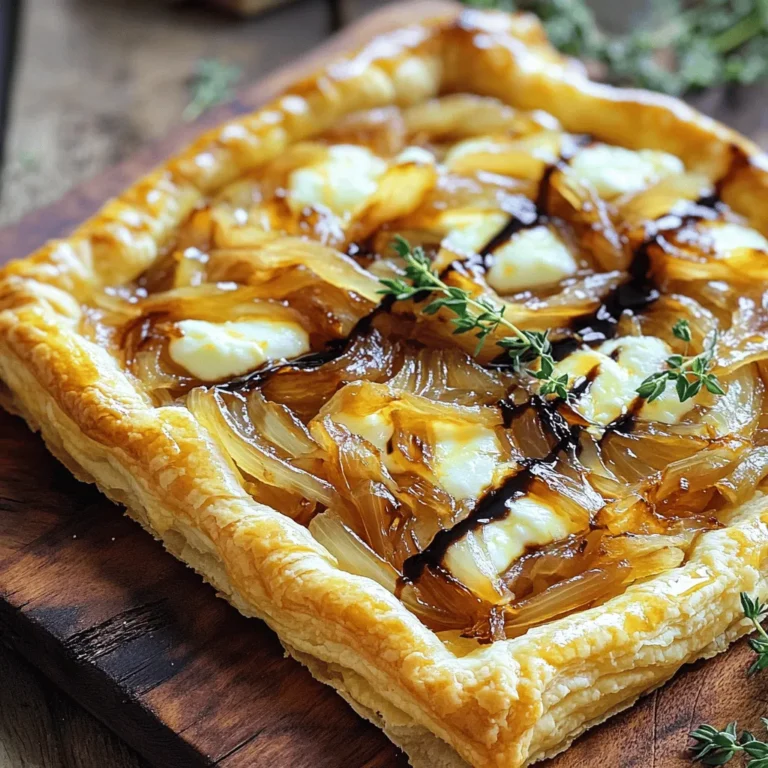
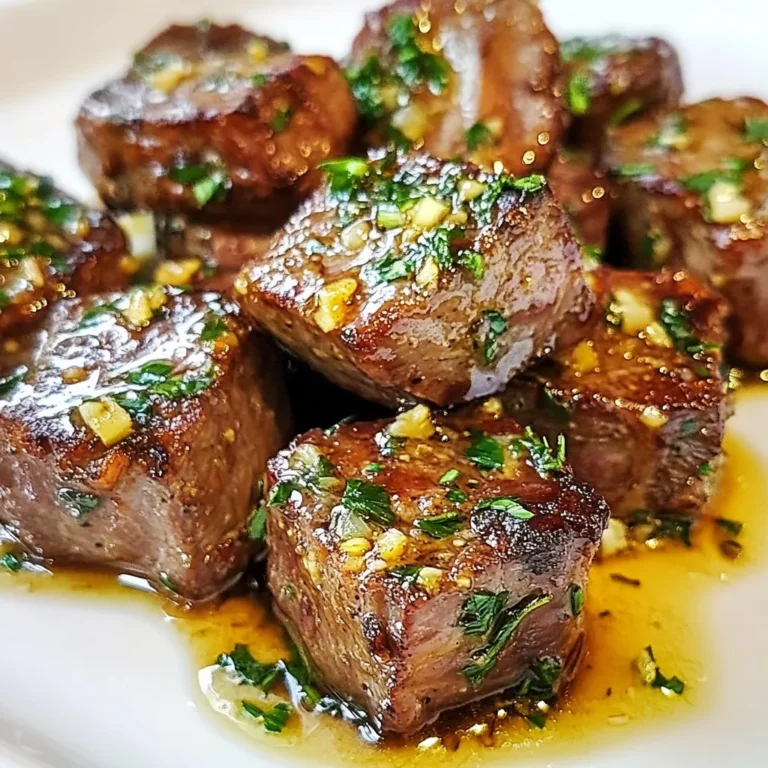
. You should refrigerate any leftover avocado egg salad in an airtight container. This way, it stays fresh for up to one hour before serving. However, I recommend eating it right away for the best taste. The flavors blend nicely when it’s fresh, and the texture remains creamy. Freezing avocado egg salad is not a good idea. The avocado will change texture and become mushy when thawed. To enjoy the best taste and texture, consume this dish fresh. You can prep the egg salad a day ahead of time. Store it in an airtight container in the fridge. Keep the salad separate from the lettuce leaves. This way, the lettuce stays crisp when you serve the wraps. For the full recipe, check the earlier section. No, fresh hard-boiled eggs provide better texture and flavor. Canned eggs lack the richness and depth that fresh eggs bring. When you boil eggs, the yolk stays creamy, while the whites turn firm. This contrast makes each bite delightful and satisfying. Consume within 1-2 days for best quality. As time passes, the avocado can brown, and the salad loses its fresh taste. Store it in an airtight container to keep it as fresh as possible. If you see browning, you can mix in a little lemon juice to help revive the color. Pair with fresh fruit, vegetable sticks, or a light soup. Fresh fruit adds sweetness, while crunchy vegetable sticks give texture. A light soup can balance the meal and add warmth. These sides complement the wraps and make for a well-rounded meal. In this post, we explored a simple, healthy recipe for avocado egg salad lettuce wraps. We covered the essential ingredients, step-by-step preparation, and tips for the best flavor and texture. These wraps are a great way to enjoy nutritious foods without heavy carbs. As you try this recipe, feel free to make it your own. Enjoy experimenting with different ingredients and variations. Eating healthy can be fun and tasty!](https://goldendishy.com/wp-content/uploads/2025/07/cd9e1d49-3f1d-44c5-8cf3-19f4c22fda08-768x768.webp)
